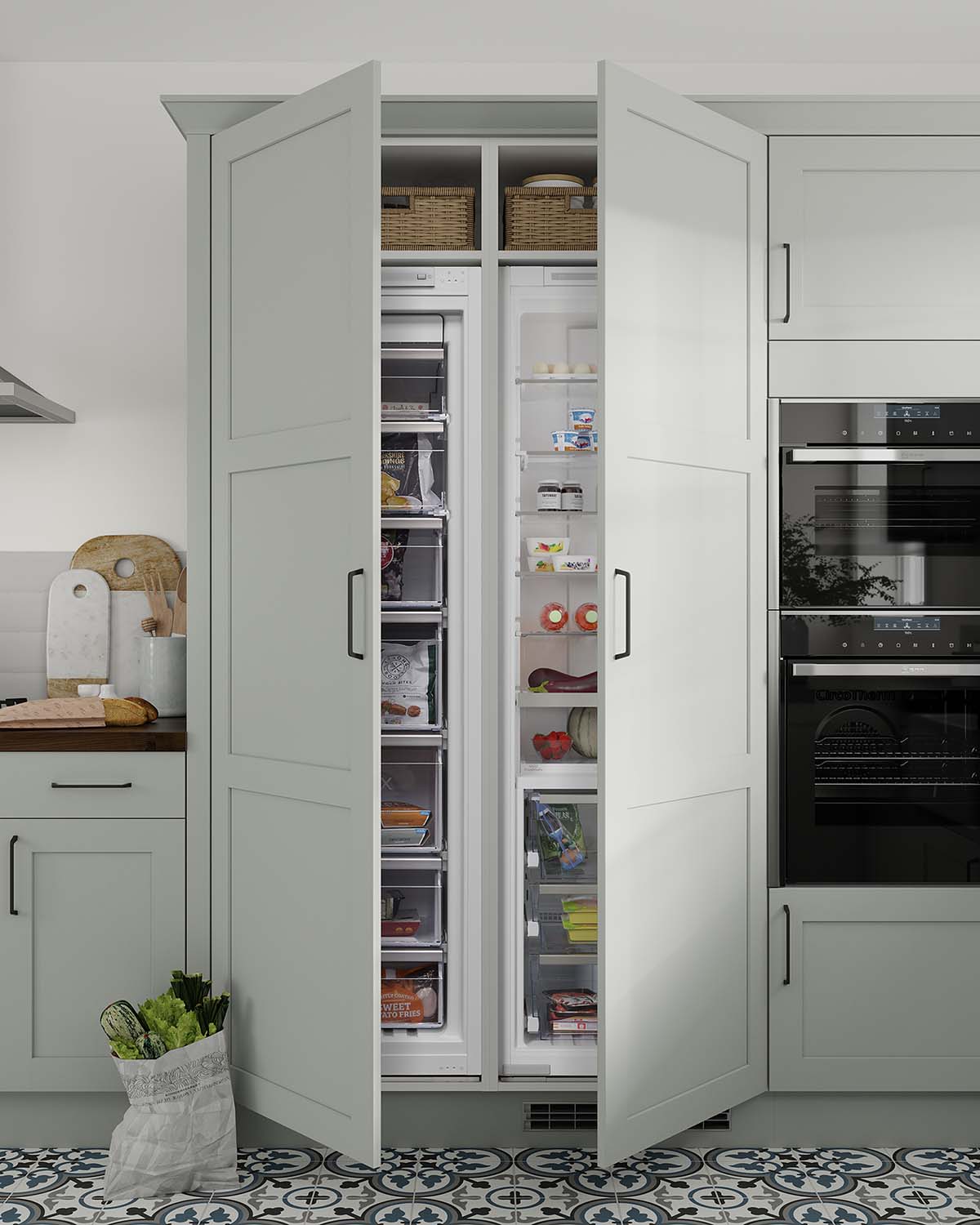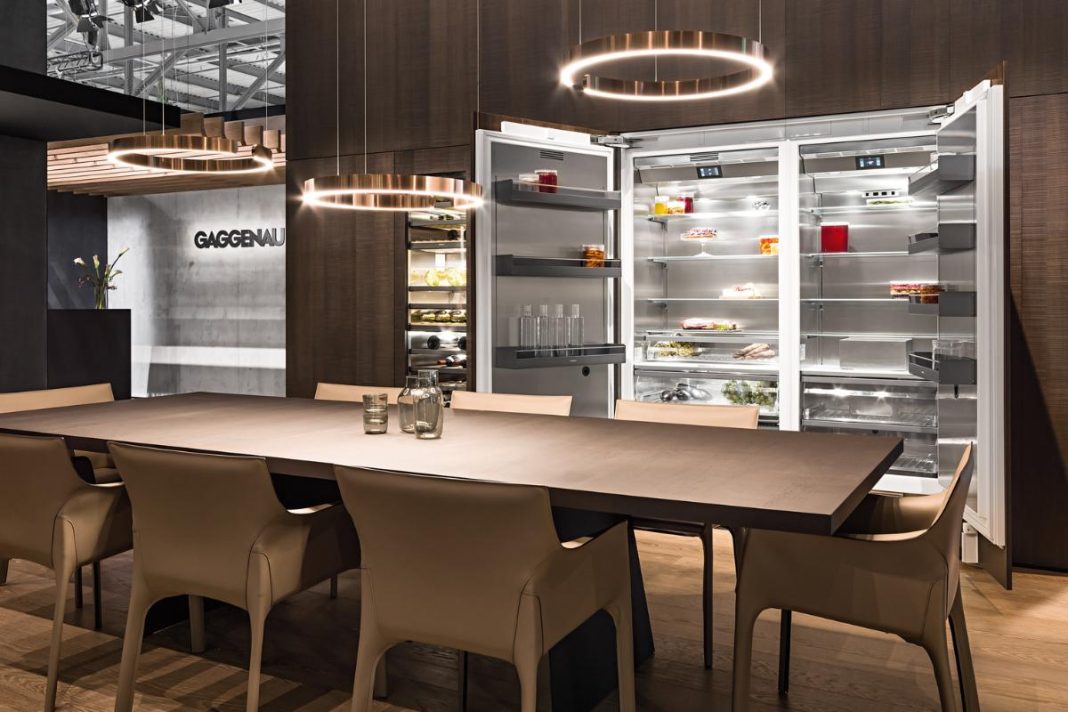Smart or standard, when it comes to fridges, the key is to keep things organised.
PLACE FOOD CORRECTLY IN THE FRIDGE
It’s tempting to get home from a big shop and just cram everything into the fridge. So where should everything be?
“Use the top half of the fridge for anything that doesn’t need cooking,” says Cesar Fernandez, home economist at Miele.
“The temperature tends to be a tad higher at the top, so things like snacks, deli meats and leftovers should live there. Check the labels every now and then to make sure you move anything that should be eaten soon to the front.
“The middle shelf is ideal for dairy, while the bottom shelf should be for raw meat (this reduces the risk of cross-contamination). The bottom drawer keeps food fresh for longer, so think fruit and veg. Remember, root veg, tomatoes, bananas, avocados and citrus fruit should all be kept at room temperature.
“Finally, the warmest part of the fridge is the door, so use it for items like preserves and juices. And always defrost meat and fish in the fridge, never at room temperature.”

USE CLEAR FRIDGE STORAGE CONTAINERS
This will help you see what’s inside the containers at a glance, so you don’t have to open them all up to find what you’re looking for. This is especially handy if you love to keep your leftovers!
Clear fridge containers don’t block airflow around your refrigerator; important for keeping food fresher for longer. You can pick up some really great clear fridge containers at a reasonable price, too.
KEEP YOUR FRIDGE CLEAN
It may seem obvious, but make sure you wipe down the shelves and take out drawers in your fridge regularly, cleaning out any spills or messes that you might have missed.
There’s nothing worse than an unidentified whiff as you open your fridge door, so get into a routine of using an eco-friendly fridge cleaner or a simple vinegar and hot water mixture in a spray bottle for a natural, food-safe clean.
Take time once a week to throw out old leftovers or spoiled fruit and veg, and check the expiry dates on dairy products.





